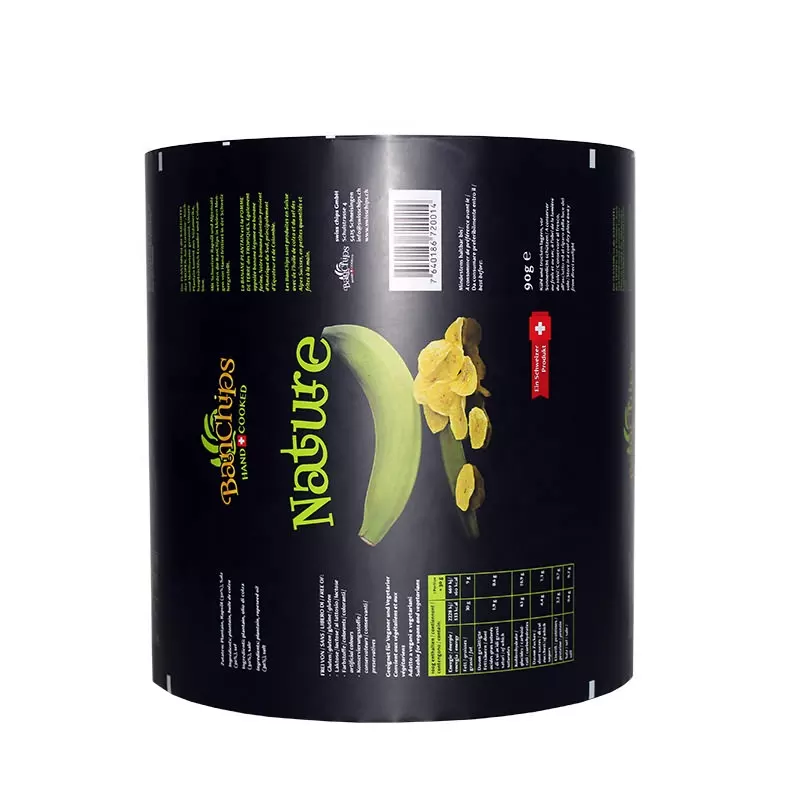- Afrikaans
- Albanian
- Amharic
- Arabic
- Armenian
- Azerbaijani
- Basque
- Belarusian
- Bengali
- Bosnian
- Bulgarian
- Catalan
- Cebuano
- chinese_simplified
- chinese_traditional
- Corsican
- Croatian
- Czech
- Danish
- Dutch
- English
- Esperanto
- Estonian
- Finnish
- French
- Frisian
- Galician
- Georgian
- German
- Greek
- Gujarati
- haitian_creole
- hausa
- hawaiian
- Hebrew
- Hindi
- Miao
- Hungarian
- Icelandic
- igbo
- Indonesian
- irish
- Italian
- Japanese
- Javanese
- Kannada
- kazakh
- Khmer
- Rwandese
- Korean
- Kurdish
- Kyrgyz
- Lao
- Latin
- Latvian
- Lithuanian
- Luxembourgish
- Macedonian
- Malgashi
- Malay
- Malayalam
- Maltese
- Maori
- Marathi
- Mongolian
- Myanmar
- Nepali
- Norwegian
- Norwegian
- Occitan
- Pashto
- Persian
- Polish
- Portuguese
- Punjabi
- Romanian
- Russian
- Samoan
- scottish-gaelic
- Serbian
- Sesotho
- Shona
- Sindhi
- Sinhala
- Slovak
- Slovenian
- Somali
- Spanish
- Sundanese
- Swahili
- Swedish
- Tagalog
- Tajik
- Tamil
- Tatar
- Telugu
- Thai
- Turkish
- Turkmen
- Ukrainian
- Urdu
- Uighur
- Uzbek
- Vietnamese
- Welsh
- Bantu
- Yiddish
- Yoruba
- Zulu
Exploring the Benefits and Uses of Non-Woven Polypropylene Fabric in Various Industries
Understanding Non-Woven Polypropylene Fabric
In recent years, non-woven polypropylene fabric has garnered significant attention across various industries due to its versatility and eco-friendly properties. This fabric, composed of polypropylene fibers that are bond together through mechanical, thermal, or chemical processes, stands out for its unique characteristics. It has become a go-to material in sectors such as healthcare, agriculture, packaging, and fashion. This article dives into the properties, applications, and benefits of non-woven polypropylene fabric.
Properties of Non-Woven Polypropylene Fabric
Non-woven polypropylene fabric is known for its excellent durability and strength. It is lightweight yet robust, making it ideal for a multitude of applications. The fabric is breathable, allowing air and moisture to pass through, which is essential in sectors like agriculture, where it is often used to cover crops to protect them from harsh weather conditions while still permitting necessary airflow.
Moreover, non-woven polypropylene fabric is water-resistant, which adds to its usefulness in various environments. Its resistance to chemicals makes it suitable for industrial applications, where it can be used to create protective gear or barrier products. Additionally, non-woven polypropylene is non-toxic and can be recycled, aligning with the growing trend of environmental sustainability.
Applications of Non-Woven Polypropylene Fabric
1. Healthcare One of the most notable uses of non-woven polypropylene fabric is in the healthcare industry. It is used to manufacture surgical gowns, masks, and drapes, ensuring hygiene and protection for both patients and healthcare providers. The fabric's disposable nature is particularly advantageous, as it reduces the risk of cross-contamination.
2. Agriculture In agriculture, non-woven polypropylene fabric serves as a protective covering for plants, helping to regulate temperature, moisture, and light. These agricultural fabrics are used for shading, frost protection, and weed control, promoting healthier growth and higher yield.
non woven propylene fabric

3. Packaging Non-woven polypropylene is increasingly being utilized in the packaging industry. Its strength and durability make it ideal for reusable shopping bags, pouches, and wraps. These products not only offer a practical solution for consumers but also support the movement toward reducing single-use plastics.
4. Fashion and Home Decor The fabric has infiltrated the fashion industry as well, being used in everything from bags to clothing. Its aesthetic appeal and variety of colors and textures open up design possibilities that cater to modern consumer needs. In home decor, non-woven polypropylene can be used in crafting items such as cushions and wall coverings.
Benefits of Non-Woven Polypropylene Fabric
One of the primary advantages of non-woven polypropylene fabric is its sustainability. Unlike conventional fabrics, its production consumes fewer resources and generates less pollution. Furthermore, the fabric can be recycled and reused, reinforcing the importance of using environmentally friendly materials.
Another benefit is its cost-effectiveness. Non-woven polypropylene fabric is generally less expensive to produce than traditional woven materials, making it a popular choice for bulk manufacturing. This affordability does not compromise quality; the fabric maintains a high standard of durability and performance.
Additionally, the fabric is customizable, allowing manufacturers to produce a variety of weights, colors, and finishes. This adaptability makes it suitable for a wide range of applications, appealing to businesses that require specific product specifications.
Conclusion
Non-woven polypropylene fabric has become an essential material across different sectors, owing to its unique properties, diverse applications, and environmental advantages. As sustainability continues to be a key priority for consumers and businesses alike, this fabric’s role is expected to expand even further. Its combination of durability, cost-effectiveness, and eco-friendliness makes it a fabric of choice for the future. Whether in healthcare, agriculture, packaging, or fashion, non-woven polypropylene fabric is undoubtedly reshaping the landscape of modern materials, providing innovative solutions for a sustainable world.













